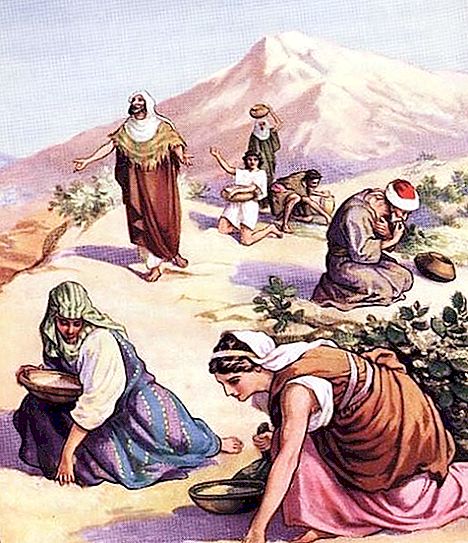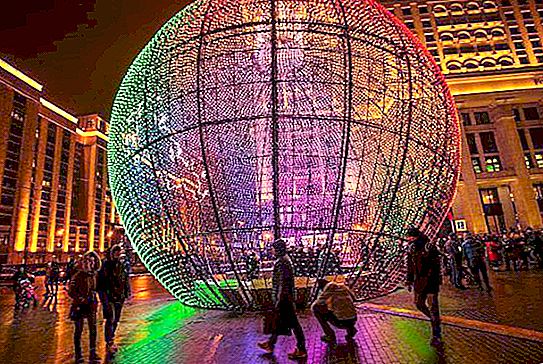Often, in the process of talking with someone, we use certain phraseological units, the origin of which we do not even guess. Nevertheless, a very large number of them came to us from the Bible. They are distinguished by the figurativeness of thought, and today we will talk about the phrase "manna from heaven." This phraseology is usually used in the meaning of "miraculous help" or "unexpected luck."

Why so? Because, according to the Bible, God sent this legendary food every morning to the starving Jews for all forty years that they followed Moses through the desert, in search of the promised land - Palestine. One day they saw that on the surface of the sand was something white, small and croupy, like frost. Not knowing what it was, the Jews questioned each other in complete bewilderment, and Moses answered them that it was bread sent by the Lord to them for food. The sons of Israel rejoiced and called this bread “manna from heaven”: it looked like coriander seed, white in color, and tasted like honey cake.
Perhaps this is how it was, but scientists suggest that with this bread

in fact, there was … an edible lichen, of which there are many in the desert. This assumption appeared back in the 18th century, when the famous Russian academician and traveler P. S. Pallas, while on an expedition to the territory of present-day Kyrgyzstan, observed the following picture: locals during the famine collected so-called “earthen bread” throughout the desert. The academician was interested in this product, and, having carefully studied it, he discovered that this was not just a lichen, but a completely new species for science. The same "manna from heaven" was found by another traveler in the vicinity of Orenburg.
Today, this species of lichen is called "edible aspicilia." Why is there so much in the desert? Because it's a tumbleweed. Such lichen grows in the mountains of the Carpathians, Crimea and the Caucasus, in Central Asia, Algeria, Greece, Kurdistan, etc. at an altitude of 1500 to 3500 meters, attached to the soil or rocks. Over time, the edges of the thallus blades of the lichen are bent down and, gradually enclosing the clay or other substrate, grow together.

After that, the "manna from heaven" completely comes off, dries up and takes the form of a ball, which is then carried away by the wind. But, despite the fact that this lichen is edible, its taste does not resemble bread, cereals or any other product. Simply put, such food can only be consumed by a very, very hungry person who is ready to eat anything to survive. Therefore, it is possible that the Jews, wandering the Egyptian desert for 40 years, ate this particular lichen, because there was no other food in the vicinity. True, this theory has some inconsistencies. The fact is that a lichen cannot grow in one night, and among the Jews manna from heaven appeared every morning. It is also impossible to eat lichen for a long time, since it tastes very bitter, unlike the “honey cake”, and there are very few nutrients in it. And, probably, the most important discrepancy: there is almost no aspicily in Palestine, nor on the Arabian and Sinai peninsulas.
Whatever it was, but the expression "manna from heaven" has one meaning: "unexpected blessings of life, which were delivered just like that, for nothing, as if they had fallen from heaven."




